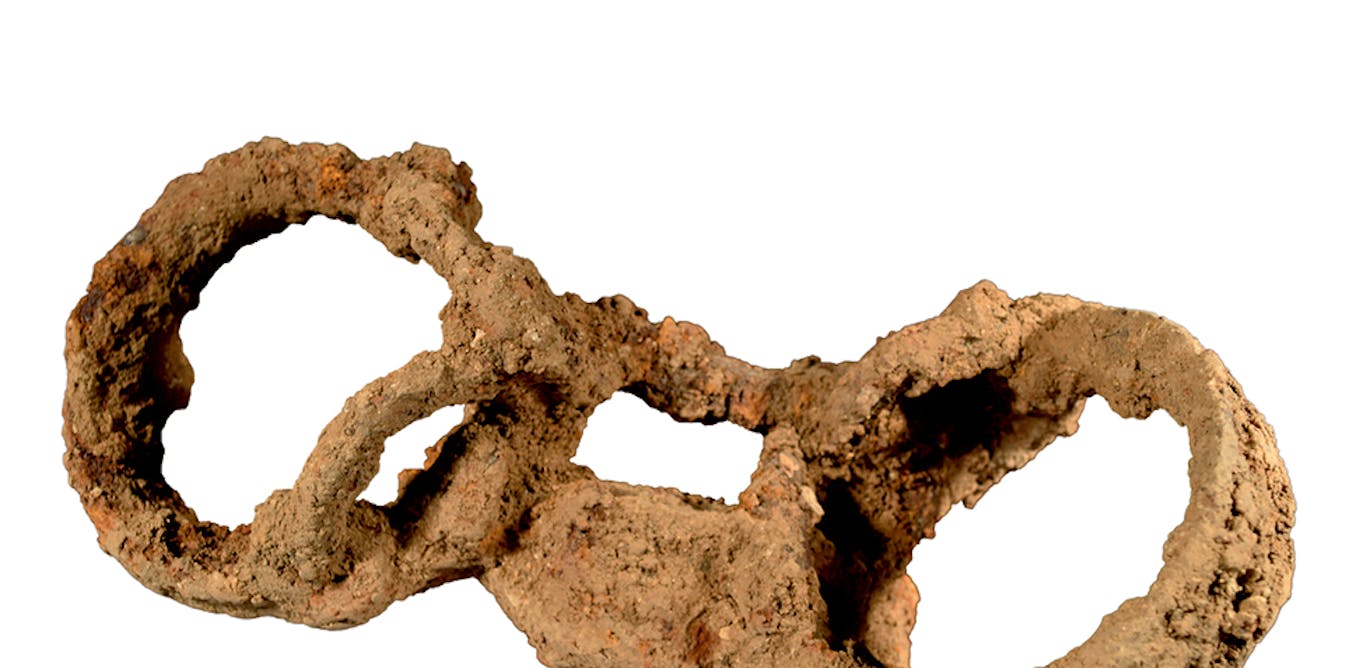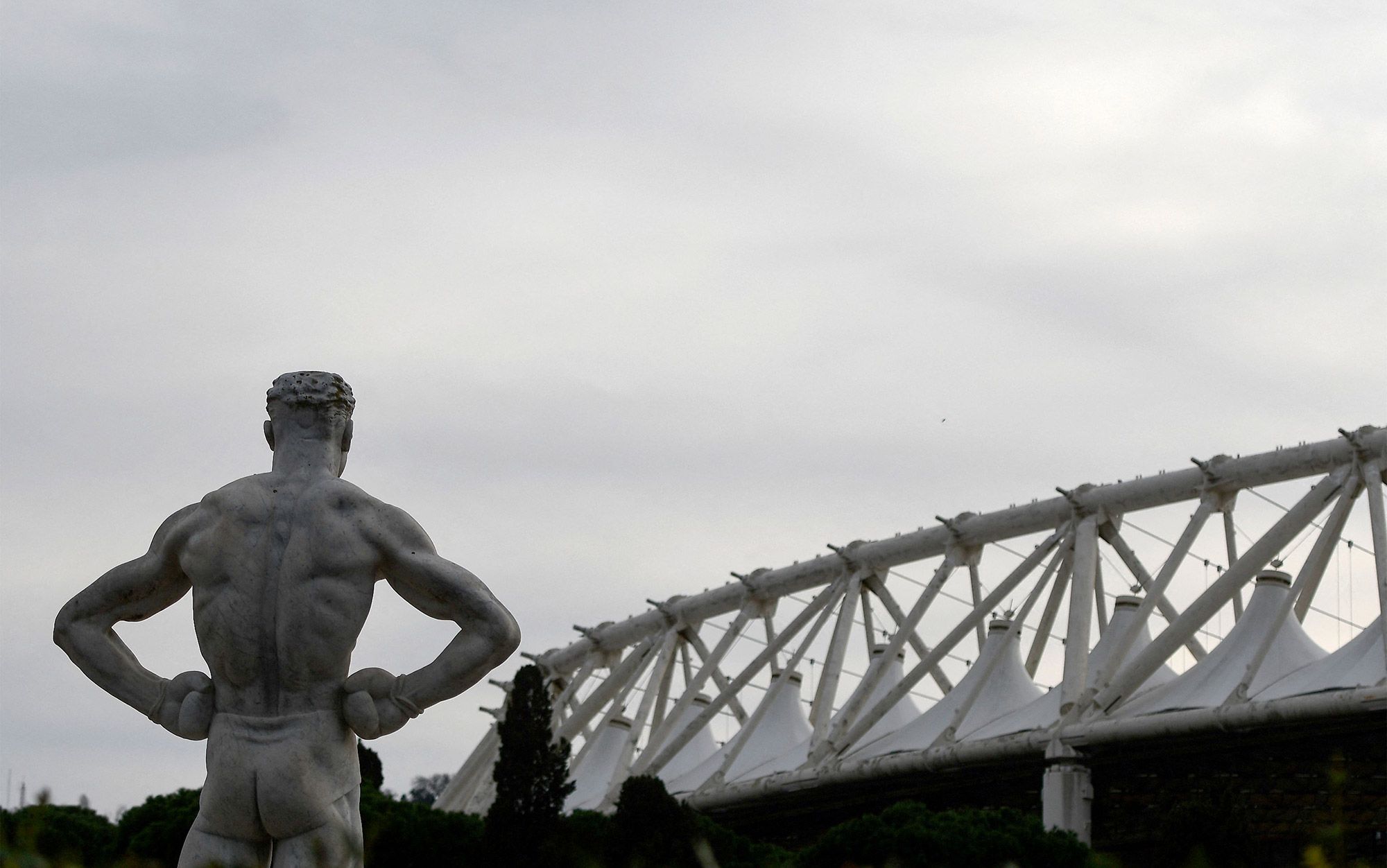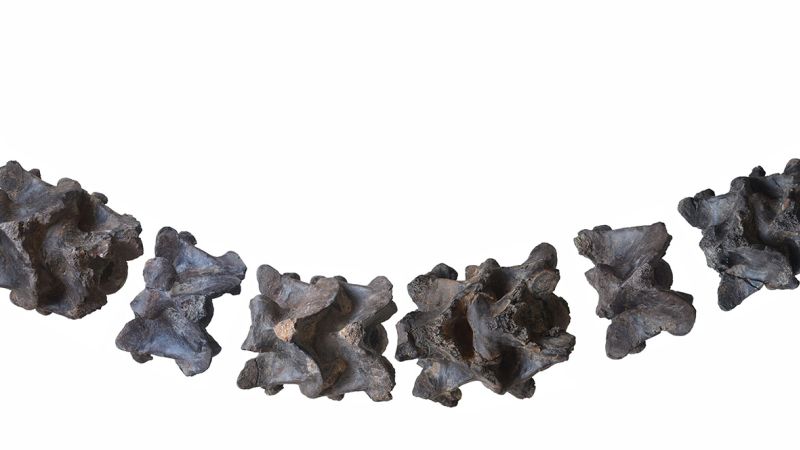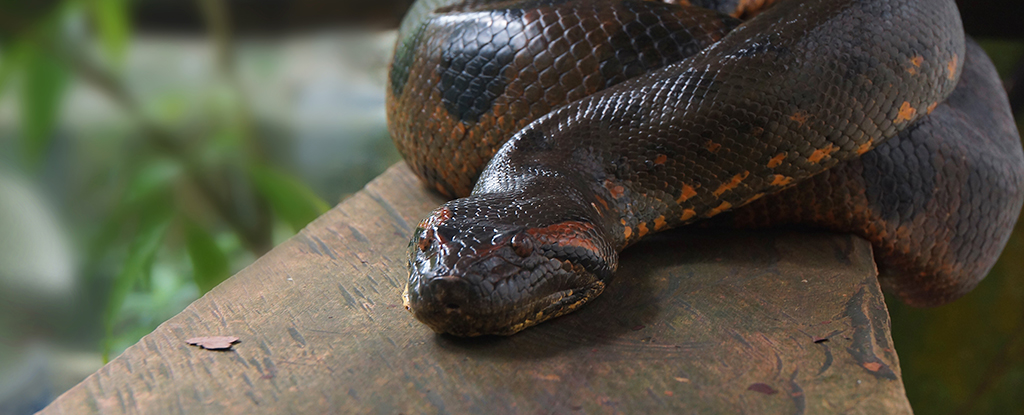
What the discovery of a shackled skeleton in a ditch reveals about slavery in Roman Britain
Richard Alston does not work for, consult, own shares in or receive funding from any company or organization that would benefit from this article, and has disclosed no relevant affiliations beyond their academic appointment.
A body found buried in a ditch by construction workers in the village of Great Casterton, in the east Midlands of England, has shed new light on Roman slavery in Britain. A new analysis of the skeleton and the burial has revealed that the male body was probably that of slave from third century.
Although there is no obvious cause of death, the skeleton showed evidence of traumatic injuries from which the man it belonged to had recovered. There was no coffin or grave goods (items buried alongside the body). The grave was shallow and dug in a ditch. The body was not carefully laid out, as is the norm in Roman burials. And there were manacles on the man’s ankles (so whoever dumped him could not be bothered to remove them). All this evidence suggests the man was a slave.
Common narratives tend to stress the perceived benefits of the Roman empire to civilisation: the roads, cities and villas. While it’s true that Roman rule transformed the landscape of Britain, it also brought with it a new economy – and with that the imposition of Roman systems of exploitation, including slave labour.






















